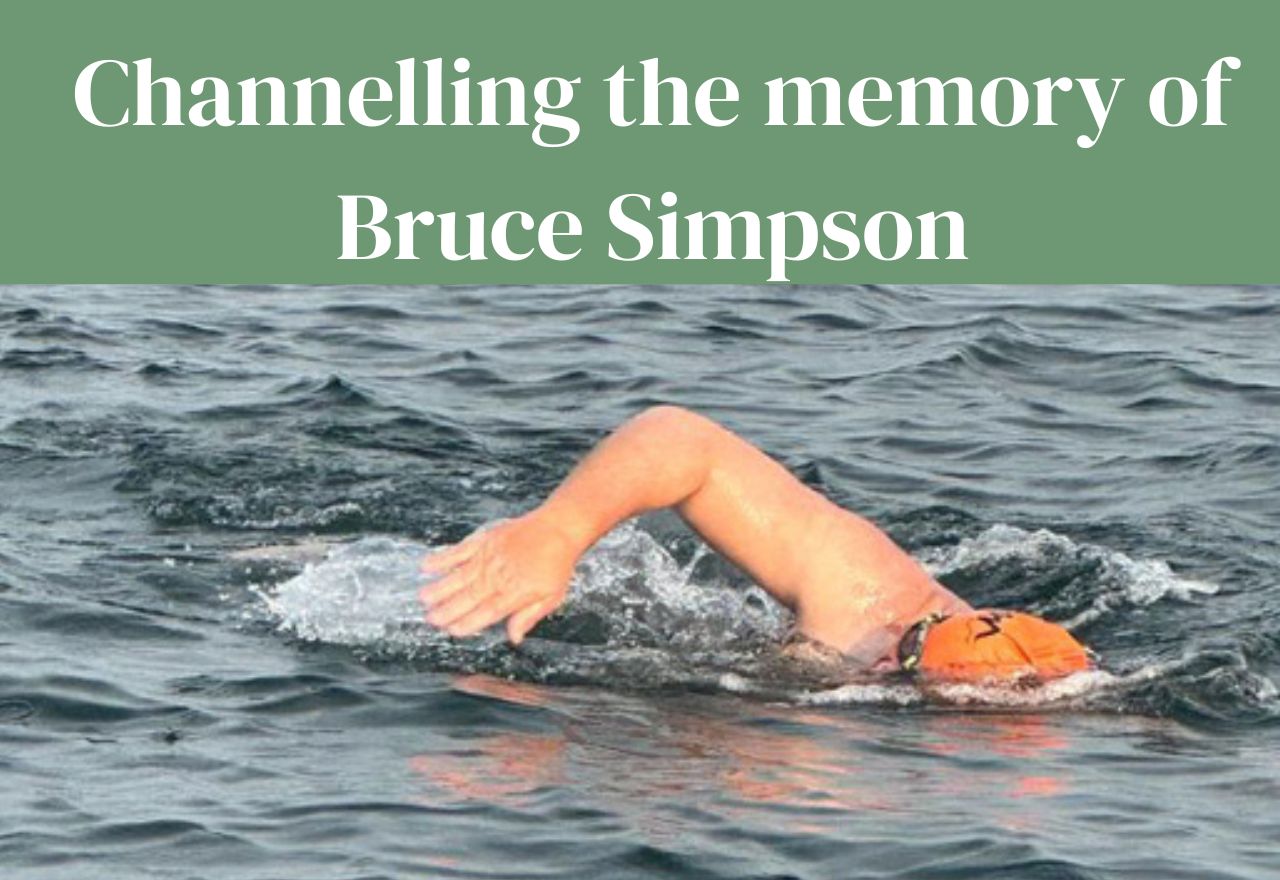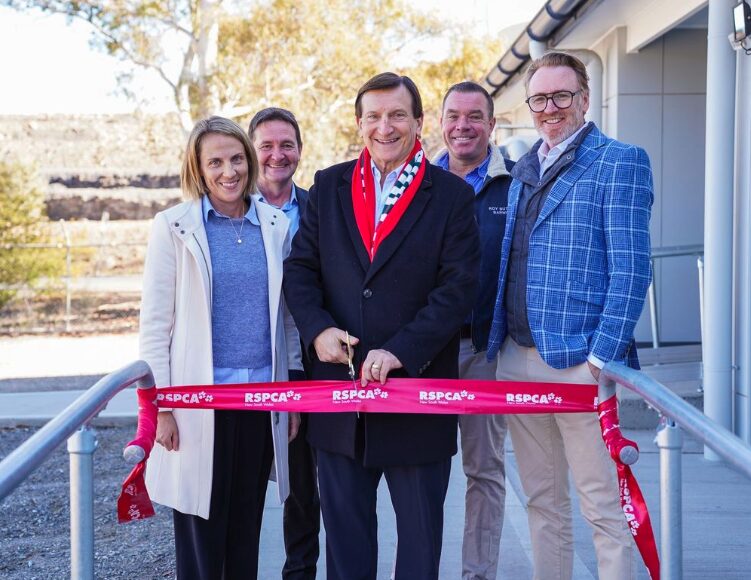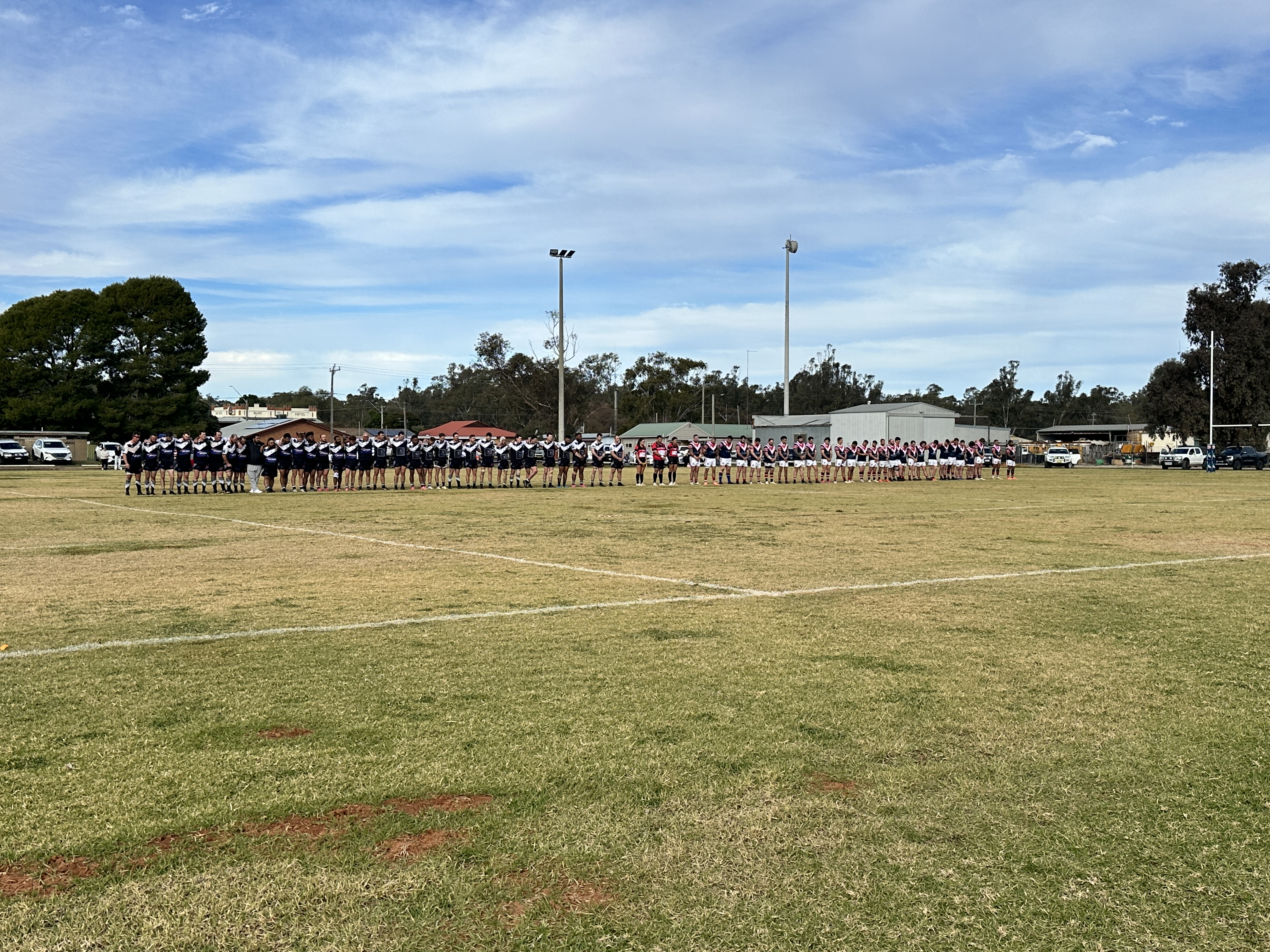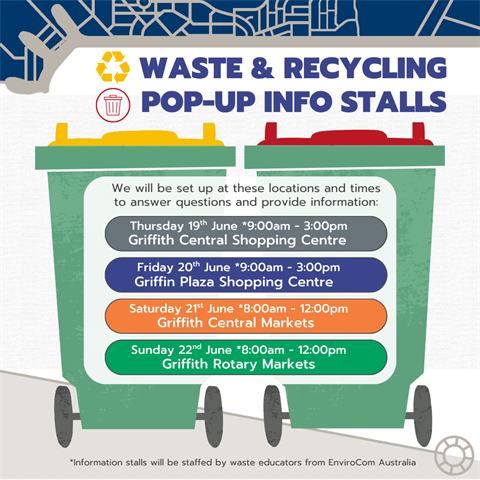Lower Bidgee lakes: looking back and looking forward
Contributor
28 June 2025, 8:00 PM
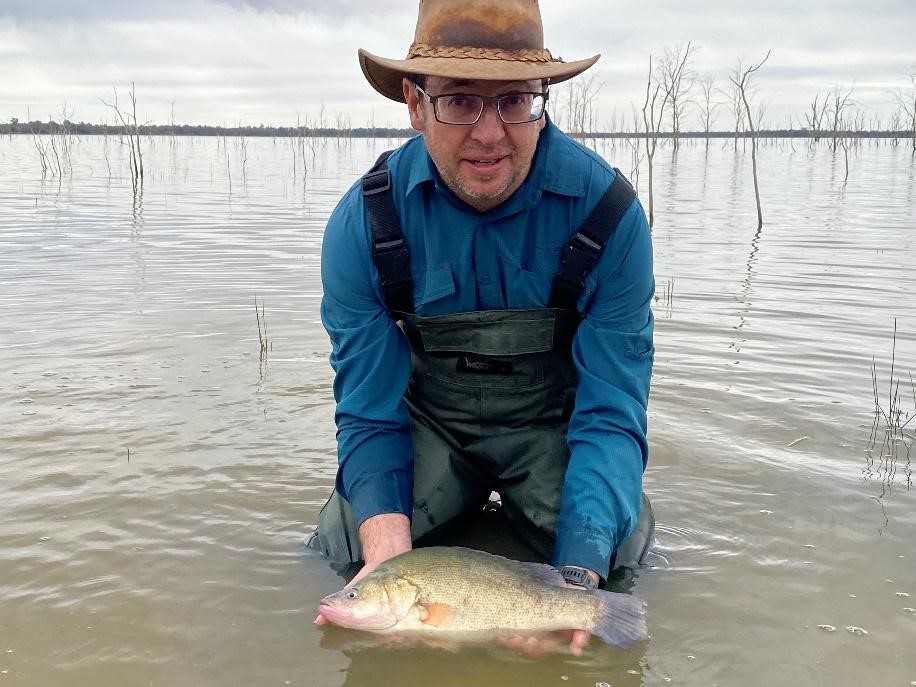 Caption; Field team member Gordon O’Brien with a golden perch at Yanga Lake, late April 2025. Image CSU.
Caption; Field team member Gordon O’Brien with a golden perch at Yanga Lake, late April 2025. Image CSU.By Fleur Stelling and Gordon O’Brien, Gulbali Institute
Scientists from Charles Sturt University (CSU) and the Gulbali Institute in Albury are celebrating another successful golden perch breeding event in the Lower Murrumbidgee floodplain – a positive sign for the health of the area’s rivers and wetlands.
Golden perch, also known as yellow belly, are an important native fish in the Murray–Darling Basin. Finding both young and adult fish shows that these fish are breeding and surviving in the floodplain lakes.
Water scientist Dr Gordon O’Brien said finding young and adult golden perch during monitoring is great news. “These floodplain lakes can play a big role in helping native fish populations grow again”.
But the golden perch weren’t alone.
The team also found other native species, including bony herring, carp gudgeon, Australian smelt, silver perch, Murray cod as well as freshwater prawns, yabbies, and three kinds of turtles: Eastern long-necked, broad-shelled, and short-necked.
All of these were caught, recorded, and safely released.
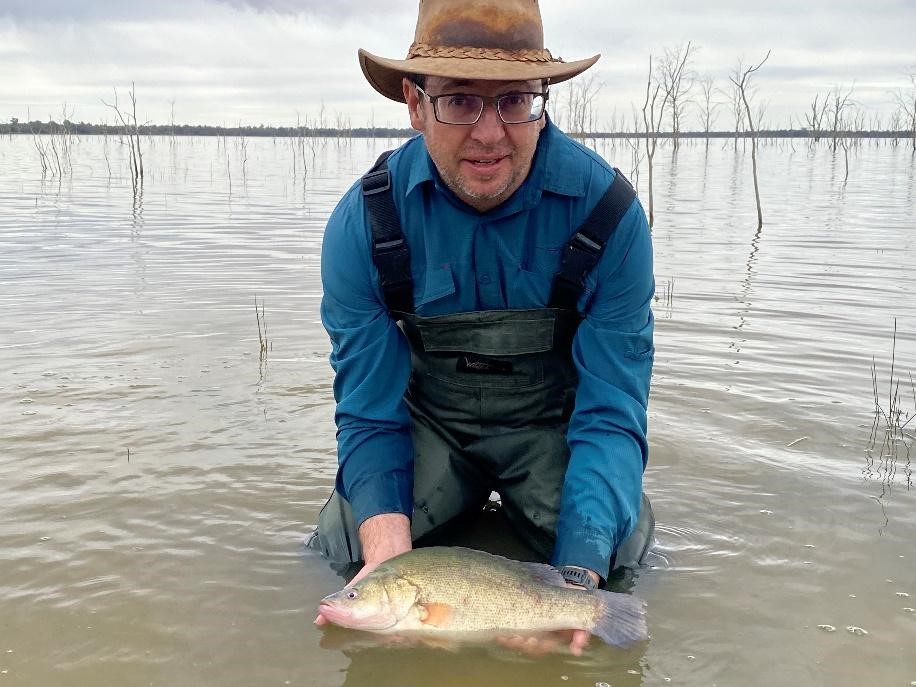
Caption; Field team member Gordon O’Brien with a golden perch at Yanga Lake, late April 2025. Image CSU.
Looking back to around 100 years ago, the lower Murrumbidgee floodplain was full of life. These lakes provided homes for massive numbers of fish and fed thousands – even hundreds of thousands – of fish-eating birds such as pelicans and cormorants.
But things changed. Over the past 125 years, river regulation and altered river flows have caused many lakes to become cut off from the river. This made it harder for fish and other animals to survive.
Recently, wetter weather and the delivery of environmental water — provided by the Commonwealth Environmental Water Holder and the NSW Department of Climate Change, Energy, the Environment and Water (NSW DCCEEW) — have helped reconnect the lakes to the river.
This gives fish a better chance to breed, move around, and grow their populations.
“These floodplain lakes are perfect for fish,” Dr O’Brien said.
Looking forward, the CSU team, led by Professor Skye Wassens, will keep studying the Murrumbidgee lakes, wetlands, rivers and creeks for the next four years as part of the Commonwealth Environmental Water Holder’s Flow-Monitoring, Evaluation and Research Program.
Prof Wassens and team want to learn more about where golden perch and other native species come from, how they move, and how introduced fish and habitat changes affect native species.
“Our research helps us understand the natural resources we have,” Dr O’Brien said, “and how we can manage rivers and floodplains to keep them healthy – not just for fish, but for all the native wildlife and people that depend on them.”
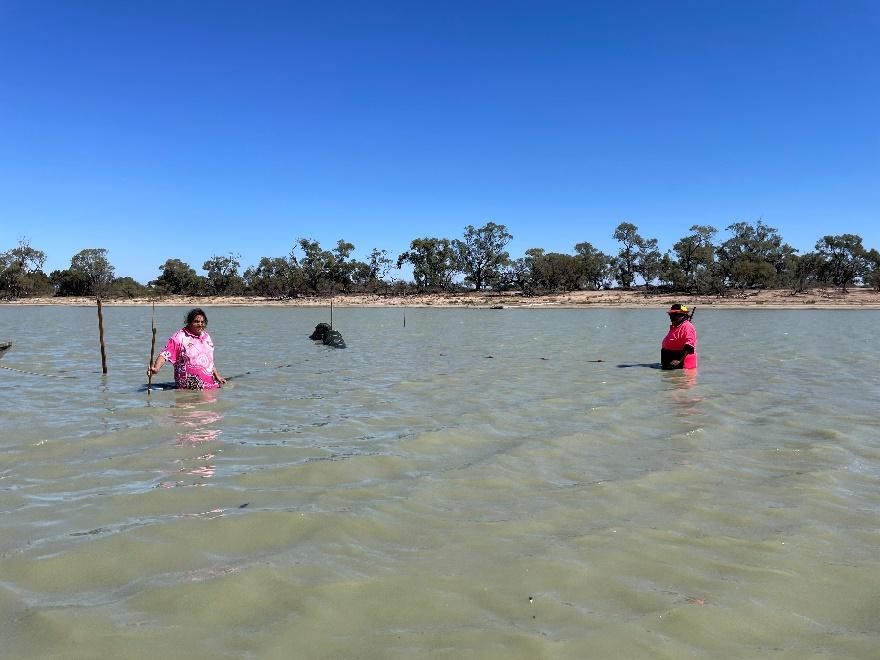
Field team members Jedda Kelly and Maxine Kelly setting fish nets at Tala Lake, late April 2025. Image: CSU
NEWS
SPORT
RURAL
COMMUNITY
